11 Great STEM Picture Books
Heads and Tails by John Canty
This is a beautiful picture book that sets up each page spread as a guessing game with clues about each animal. There are visual clues too! Canty shows the rear end of the animal with the clues and the reader flips the page to see the head. This is sure to delight young readers! [picture book, ages 2 and up]
Fox Explores the Night (A First Science Storybook) by Martin Jenkins, illustrated by Richard Smythe
A fox living in an urban area forages for food using the light of the moon. This straightforward story explores light: sunlight, moonlight, electric light, and reflection. I really like how STEM concepts are presented in a story in this charming first science picture book series. [nonfiction narrative picture book, ages 2 and up]
Coming Home by Michael Morpurgo, illustrated by Kerry Hyndman
One of my favorite books on this list is this story of a robin on an epic journey to join his family who has flown south for the winter. It’s a Christmas story, a migration story, and a story of persistence, daring, and kindness. Of course, it is strange that a robin would be separated from its flock but according to JourneyNorth.org, that does occur in nature though generally, the female migrates later than the male. [picture book, ages 3 and up]
More on robin migration from JourneyNorth.org:
Q. When a robin migrates, does it travel in small or large groups or alone?
A. All of the above! Robins often associate in flocks, and sometimes these are huge. I once counted 60,000 robins flying along Lake Superior in just 5 hours! And sometimes robins fly alone. But over the years that I counted migrants along Lake Superior, most of the robins were in flocks of about 10-50 birds. Over the course of a year, robins each lead two entirely different lives. In spring and summer, they’re territorial worm and insect eaters. In fall and winter, they switch to berries and other fruits and live in sociable flocks. Robins migrate and spend the winter in flocks to make it easier to spot predators.
Q. Why do females arrive later than males?
A. Male and female robins both feed their babies. But before the eggs hatch, the male and female have different jobs. The female builds the nest and produces and incubates the eggs. The male chooses and defends their territory, and finds some nest materials for the female to use. He must return early to have a good choice of territories and to protect his choice against robins migrating through. If snow or ice storms limit his food supplies for a few days, he can still easily survive until the next thaw. The female has no urgent need to return early since there is nothing important for her to do until there is a good mud supply for building her nest. As a matter of fact, if she builds too early, hard frosts at night can weaken her nest. And if she runs out of food so soon before the nesting season, it can make it hard for her body to produce eggs. So she waits until conditions are more favorable so she can continue to get a reliable winter diet as long as necessary.
A Book of Bears: At Home with Bears Around the World by Katie Viggers
I didn’t realize how many bear species there are around the world: American black bears, Brown bears, Asian black bears, Sun bears, Sloth bears, Giant pandas, Spectacled bears, and Polar bears. This is a wonderful book to learn all about these bears’ particulars including habitat, size, and diets. [nonfiction picture book, ages 5 and up]
The Element in the Room: Investigating the Atomic Ingredients that Make Up Your Home by Mike Barfield, illustrated by Lauren Humphrey
There are graphic novel panels in this STEM-friendly introduction to the periodic table for budding scientists. That sets the tone for a fun romp through the elements meant to relate science to everyday life. This is a fun approach to chemistry! [nonfiction picture book, ages 7 and up]
A Cat’s Guide to the Night Sky by Stuart Atkinson, illustrated by Brendan Kearney
With a cat as your personal astronomer guide, explore the night sky and learn about the constellations, the phases of the moon, the planets, and other celestial phenomena like shooting stars and the Northern Lights. This is a really comprehensive book that is fun to read and easy to understand. The cat does a great job! [picture book, ages 6 and up]
A Pandemonium of Parrots and Other Animals illustrated by Hui Skipp
I didn’t mind the illustration style but I did think the color palette of the book is too busy, making it feel frenetic. Perhaps that is intentional to tie back to “pandemonium” but it felt headache-inducing. With a stanza of rhyme and a handful of questions on each page spread, this book explores the concept of names of animal groups. It’s a fun concept but not my favorite execution of this type of concept book. [groups of animal picture book, ages 6 and up]
Now You Know How It Works: Pictures and Answers for the Curious Mind by Valorie Fisher
Young mechanical engineers will enjoy this book that takes apart everyday objects and explains how they work. The layout is pretty busy which makes this visually unattractive and I really didn’t care for the plastic figurine toys as illustrations. Still, it satisfies those kids who want to know how things work. I think the concepts are for older kids ages 6 and up, though the illustrations skew younger. [nonfiction picture book, ages 6 and up]
Destroy This Book in the Name of Science by Mike Barfield
This is a hands-on activity book with the feel of a coloring book or sketchbook. This is perfect to bring along for vacations or restaurant waits to entertain your young scientist. [activity book, ages 7 and up]
The Acadia Files: Book Two, Autumn Science by Katie Coppens, illustrated by Holly Hatan
I really like this story-driven STEM series that relates scientific concepts to real life. Experiments are also introduced in this book that feels geared towards girls. In this Autumn Science edition, various science fields are introduced including environmental science, the immune system, the water cycle, time zones, Deciduous and Coniferous trees, and emotions. The approach feels organic, like being on endless field trips with your best friend’s scientist mother (because, of course, if it was your own mother, you’d find the science lessons annoying). I also like how this book models keeping your own lab notebook/scientific journal. [early chapter book, ages 9 and up]
Marvelous Body by Jane Wilsher, illustrated by Andres Lozano
There is a “magic lens” red gizmo that you place over the red patterned illustrations to see a surprise inside. It’s a part of your body, complete with factoids and sidebars. This interactivity makes this book engaging and informative. The font is a little small, so pair this with a magnifying glass for a hands-on exploration of the marvelous human body. [nonfiction picture book, ages 7 and up]
p.s. Related posts:
31+ STEM Books to Inspire Girls
Great STEM Picture Books paired with Fun Activities
14 Autumn Picture Books with STEM and Diversity
STEM Books on Scientific Minds, Methods, & Discovery & GIVEAWAY!
5 STEM Picture Books Celebrating Differences
Earth Sciences STEM Picture Books
Top 10 STEM Bird Books for Bird-Watching Kids
Top 10 STEM Expository Nonfiction Picture Books
To examine any book more closely at Amazon, please click on image of book.
As an Amazon Associate, I earn from qualifying purchases.
Follow PragmaticMom’s board Multicultural Books for Kids on Pinterest.
Follow PragmaticMom’s board Children’s Book Activities on Pinterest.
My books:
Amazon / Signed or Inscribed by Me
 Amazon / Signed or Inscribed by Me
Amazon / Signed or Inscribed by Me
Food for the Future: Sustainable Farms Around the World
- Junior Library Guild Gold selection
- Selected as one of 100 Outstanding Picture Books of 2023 by dPICTUS and featured at the Bologna Children’s Book Fair
- Starred review from School Library Journal
- Chicago Library’s Best of the Best
- 2023 INDIES Book of the Year Awards Finalist
- Green Earth Book Award longlist
- Imagination Soup’s 35 Best Nonfiction Books of 2023 for Kids
Amazon / Barefoot Books / Signed or Inscribed by Me


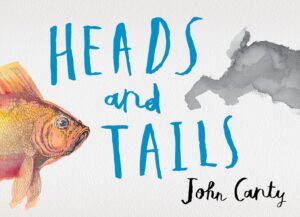

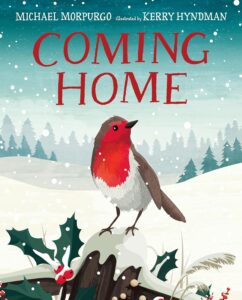


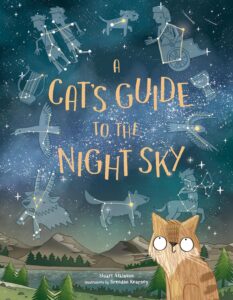
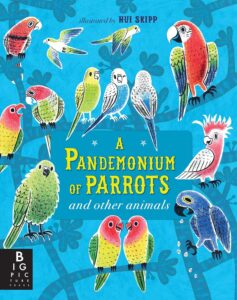
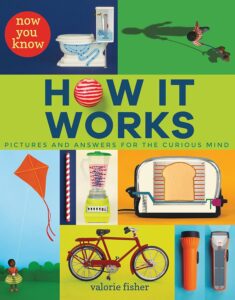
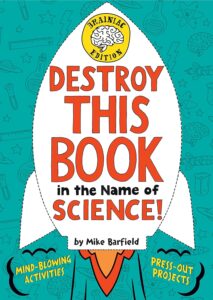
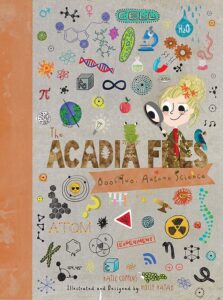

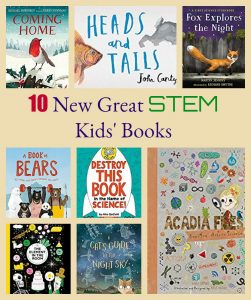






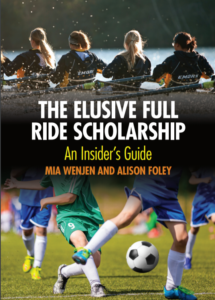




Thanks for the book recs, Mia! I hadn’t heard of most of these.
Its nice to see books like these encouraging our young ones to get into STEM at an early age.
What a great list of books. I especially like coming home. Another good book is “Flying With Kindness “.